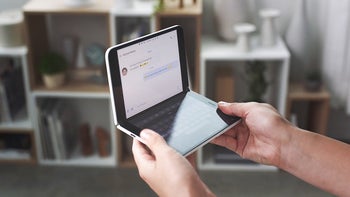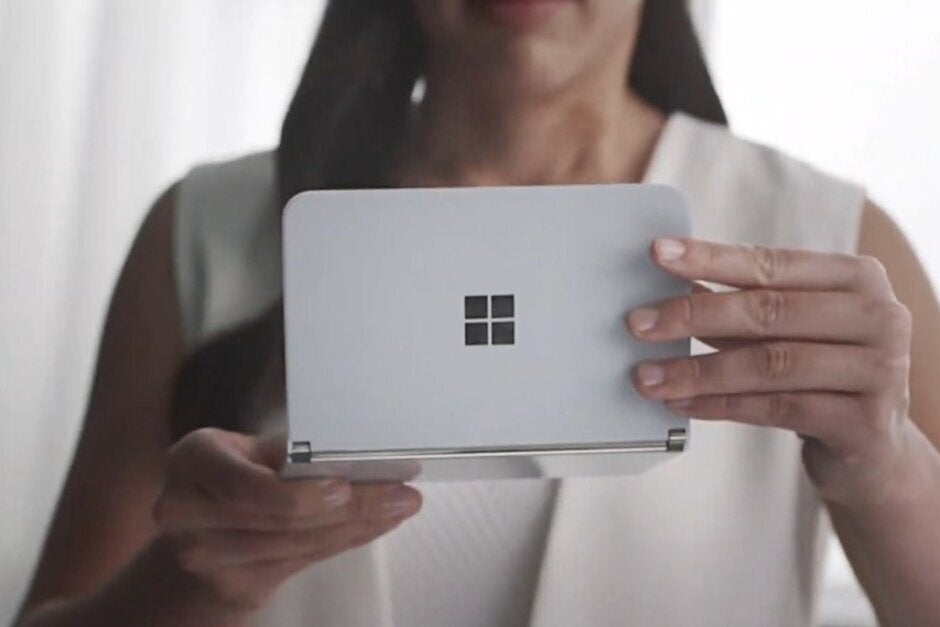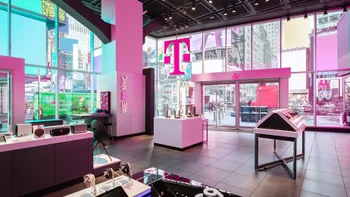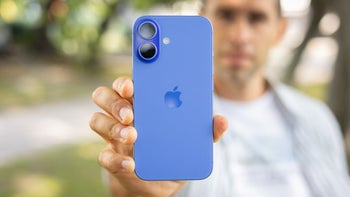Take a peek at how Android will work on the Surface Duo

With the dual-screened Surface Duo expected to be available in time for the 2020 holiday shopping season, Microsoft needs developers to make sure that their Android apps can adapt to the unusual form factor. The device comes with two 5.6-inch displays each with a resolution of 1350 x 1800. When opened fully, the two screens together make up an 8.3-inch screen. To help these developers test and optimize their apps, Microsoft has published its Android emulator.
A tweet from Windows Central Senior Editor Zac Bowden (via The Verge) revealed some of the gesture navigations that he was able to play around with on the emulator. Another tweet, this one from designer Jonas Daehnert, put Bowden's tweet in context by overlaying it on an image of the Surface Duo. Note that the pinned apps on the bottom are set up with three on each display. When you select one, the pinned apps all move over to the opposite screen to give the user the ability to select more apps.
The hinge will allow the screens to move 360 degrees
From the looks of things, Microsoft feels that most users will want to use two apps side-by-side rather than use the additional real estate created by the second display for one app. That doesn't mean that there won't be any apps offered that take advantage of the extra space; but unlike the foldable phones, which have a crease that sometimes can't be spotted, the Surface Duo does have a visible line between the two displays running from hinge to hinge.

The Surface Duo will be available later this year
Speaking of the hinge, it will allow the user to manipulate the displays in a 360-degree fashion allowing the inside screens to be on the outside of the device. Based on patents that Microsoft has filed over the last few years, we expect that the hinge will be able to determine the position that the screens are positioned in and adjust the UI accordingly. For example, in laptop mode, the device would be held in landscape with the bottom screen displaying the virtual QWERTY and the top display used as the screen. In another mode, the device is propped up on a nightstand in an inverted "V" position allowing it to be used as an alarm clock.
Earlier this month, Microsoft CEO Satya Nadella was photographed on social media while showing off the Surface Duo. By using Android for its dual-screen phone, Microsoft was acknowledging that for now, there is no way that the company can compete in the smartphone industry with its own operating system. Windows Phone turned out to be a major failure for Microsoft thanks to what became known as the app gap. Besides, Microsoft made more money getting paid royalties for the use of its Android patents.
The Surface Duo is designed for productivity and multitasking. It is about having the ability to use two separate screens at once allowing a user to get more things done. Google worked with Microsoft on the changes that needed to be made to Android that make the Surface Duo work. This isn't the first dual-screen Android phone with the most recent model, the ZTE Axon M, touching down in 2017. This phone also had a noticeable line separating the two screens and had different modes that users could choose from. The Axon M had one setting for the use of the main screen only, another setting that allowed two independent apps to work on each screen at the same time, and another option that would stretch an app out across the two screens. We should see similar options for the Surface Duo. And with the brand new hinge and the passage of three years, the Duo experience will surely improve on what Axon M users experienced.
In context - this feels even more magical. pic.twitter.com/8yLLoioE1K
— Jonas Daehnert (@PhoneDesigner) January 22, 2020












Things that are NOT allowed: